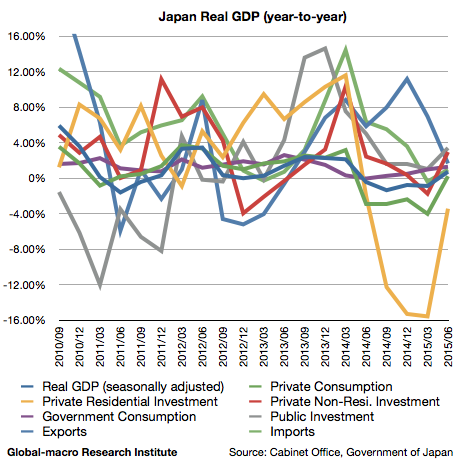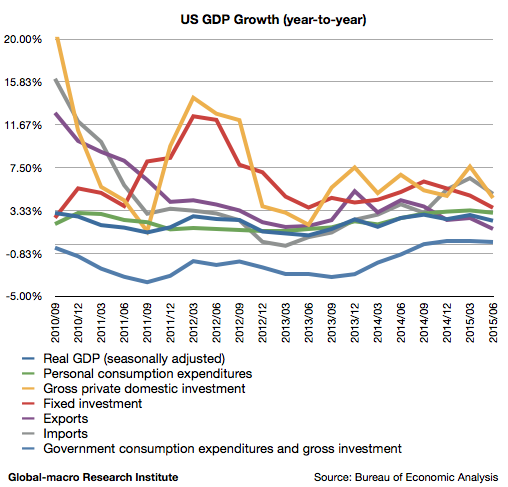According to Miki Shoji, the office vacancy rate in Apr in the central Tokyo was 6.44%, improved 0.06% from Mar, 1.9% year-to-year.
In the business district in Sapporo, the vacancy rate was 8.36%, improving 0.09% from Mar and 0.82% year-on-year.
In the business district in Sendai, the vacancy rate was 11.62%, improving 0.13% from Mar and 1.64% year-on-year.
In the business district in Yokohama, the vacancy rate was 9.29%, improving 0.04% from Mar and 0.42% year-on-year.
In the business district in Nagoya, the vacancy rate was 8.95%, improving 0.08% from Mar and 1.61% year-on-year.
In the business district in Osaka, the vacancy rate was 9.45%, which was the same as in Mar and improved 1.75% year-on-year.
In the business district in Hukuoka, the vacancy rate was 9.62%, improving 0.47% from Mar and 1.97% year-on-year.
Although the rent of offices aren’t directly under the influence of the tax hike, it’s notable that one of the statistics showed the continuous recovery of the property market in Japan after the tax rise. The investors will keep their eyes on other statistics such as Apartment Market Overview (19 May), Department Stores Sales (20 May) and Building Construction Statistics (29 May).

